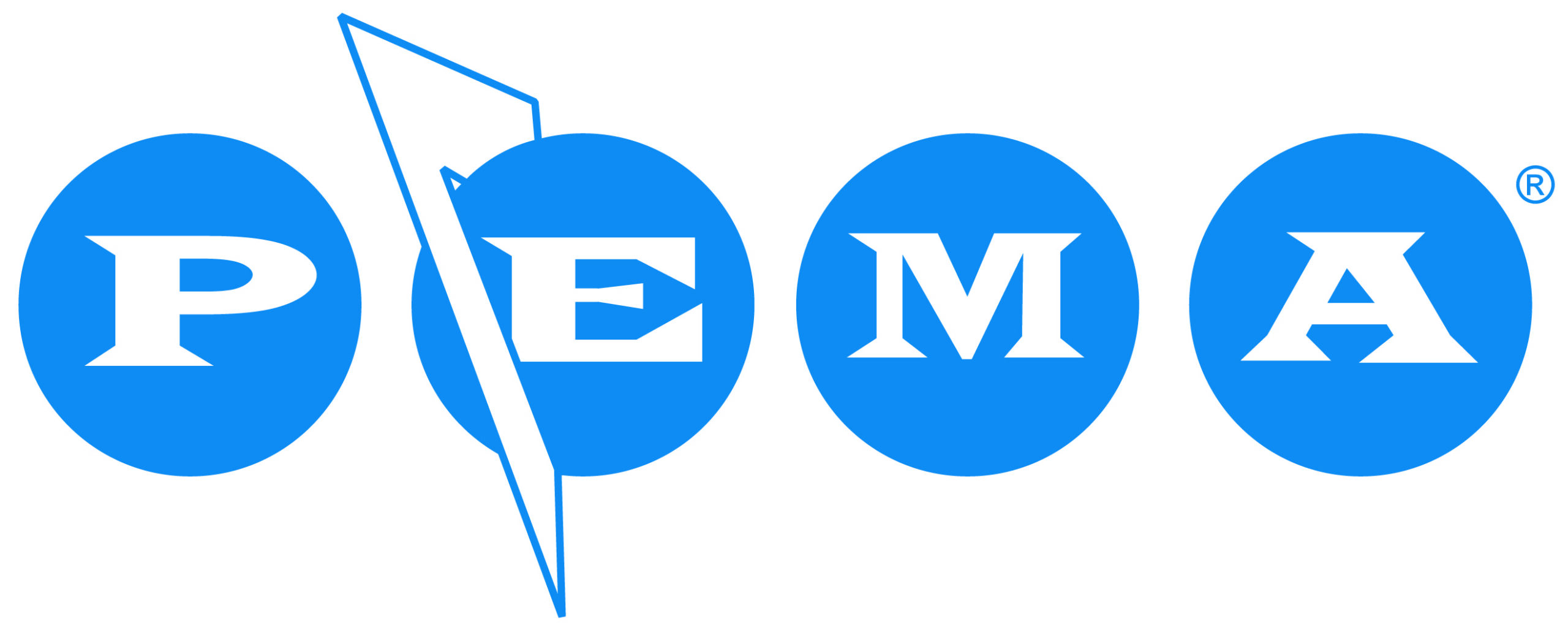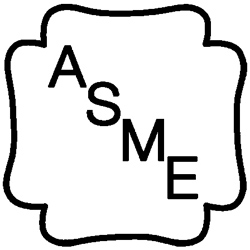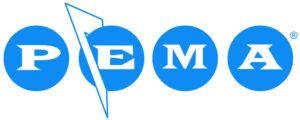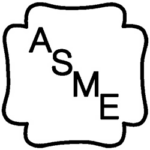HVOF THERMAL SPRAY & HARD FACING in North Carolina
The Premier HVOF High Performance Coating Service In The Southeast.
High Performance Coatings
Struggling to balance immediate budget constraints with the long-term maintenance needs of your equipment? Before you invest in replacing high-wear parts, talk to Palmer Tool. Our HVOF and PTA solutions are designed to extend equipment life and help you get more value from your assets. Palmer Tool offers advanced HVOF coating services throughout North Carolina for industries that demand reliable, high-performance surface protection.
Our team applies thermal spray, plasma, and specialty coatings that defend against wear, chemical damage, and corrosion in the toughest conditions. As a trusted name in custom manufacturing and finishing, we treat a wide range of metals and surfaces with coatings that deliver thermal stability and exceptional durability. Whether you’re looking for HVOF treatment, precision plating, or metal finishing, we deliver consistent results built to spec.
We help industrial clients enhance part longevity, resist surface degradation, and maintain peak performance. Backed by decades of experience in thermal spray, carbide coatings, and component finishing, Palmer Tool proudly serves aerospace, energy, defense, and manufacturing sectors across North Carolina.
HVOF &
THERMAL SPRAY
Customers in North Carolina, and all of the Southeast depend on Palmer Tool for their High-Velocity Oxygen Fuel (HVOF) coatings. HVOF is a thermal spray coating process that improves a component’s surface properties and extends equipment life by protecting against wear and corrosion.
Custom applications that frequently benefit from HVOF coatings include chemical processing, mining, power generation, oil and gas, cement/asphalt, steel mills, pulp and paper mills, hydraulic and pneudraulics components, particle reduction or recycling, rotary airlocks, and many more.
The HVOF process involves feeding a mixture of fuel and oxygen into a combustion chamber, where they are ignited and continuously combusted. The resultant hot gases flows through a converging–diverging nozzle and enters a straight-walled barrel section. A powder feed stock is then injected into the gas stream where it is accelerated through a barrel. The stream of hot gas and powder exits the barrel with a jet velocity exceeding Mach 3.
The resulting jet stream is sprayed directly onto the surface of the component, where it begins to deposit as the powder embeds into the substrate. The tremendous kinetic energy of the powder impacting the surface results in low porosity, high bond strength, compressive residual stress, and relatively low processing temperatures. This allows for temperature sensitive materials such as high strength steels, titanium alloys, and high strength aluminum alloys to be coated without losing their material properties.
HVOF coatings range in thickness from 0.1mm – 0.8 mm (0.030″) or more and offer the benefits of extreme wear and corrosion resistance. Common coating powders include Stellite, Colmonoy, Tungsten-Carbide, Chrome Carbide, Stainless Steels, Inconel, Triaballoy and many other alloys with hardness values ranging from 35 HRC (350HV Vickers) to 71.5 HRC (1200 HV Vickers).
HVOF applied Tungsten Carbide is the chosen coating process to replace Electrolytic Hard Chrome Plating for civilian and military aerospace applications. HVOF coatings may also be ground and superfinished to meet all bearing and seal surface finish requirements.
Plasma Transferred Arc (PTA) welding is widely used across a range of industries, including chemical processing, dry powder handling, mining, power generation, oil and gas, cement and asphalt plants, steel production, pulp and paper mills, particle reduction, recycling, rotary airlocks, and various rotating equipment. This advanced welding technique applies hard-facing coatings to metal surfaces, boosting resistance to wear and corrosion.
Hard-facing with PTA can be achieved using superalloy materials, such as Stellite 6 and Colmonoy 88, provided in either wire or powder form. In addition to applying traditional hard-facing layers, PTA can also deposit softer alloys and carbide-filled composites, delivering customized properties like enhanced mechanical strength, superior wear protection, resistance to galling, and improved corrosion defense.
The PTA process operates through a high-density plasma arc, created by ionizing argon gas as it flows through an electric arc, forming a protective plasma shield. Simultaneously, a second arc—the transferred arc—provides concentrated energy to melt both the base metal and the filler material or powder.
By narrowing (throttling) the transferred arc, the plasma column reaches intense temperatures between 14,000°F (8,000°C) and 32,000°F (18,000°C). As the arc passes and materials solidify, a strong, substance-to-substance metallurgical bond is formed. Because the plasma arc is narrow and focused, heat input is localized, allowing full fusion of the overlay while minimizing excess heat into the part, preserving its integrity.
PTA is particularly effective when working with alloys too hard to be drawn into wire, such as cobalt alloys and metal matrix composites. Compared to laser welding, PTA generally offers a more economical solution, with lower upfront and operational costs. It also often outperforms processes like GTAW or TIG welding when high-quality overlays are required. PTA’s lower heat input allows for thinner, high-integrity overlays, and powder-based alloys are often less expensive than wired alternatives.
The precision of PTA welding—delivering low dilution, low porosity, and thin overlay layers—results in higher-quality coatings with reduced material usage and minimal thermal stress on the base material.
Advantages of Plasma Transfer Arc Welding over other hard-facing processes include…

Limited heat addition to base metal (due to constricted and columnar welding arc combined with high working speed)

Maintain structural quality and metallurgic homogeneity of base metal

(controlled penetration, with precise positioning of weld deposits on a single pass)

High working speed (often 2X – 3X faster than MIG or TIG) reduces heat addition to base metal and lowers operating cost

Better wear resistance due to harder, tougher coatings

Improved corrosion protection due to less porosity
Advantages of HVOF spraying over other thermal spray processes include…

Higher density denser coatings with minimal porosity thanks to faster particle impact during application

Higher density stronger adhesion to both the base material and within the coating layer itself

Higher strength bond lower oxidation levels as a result of reduced exposure to high temperatures during flight

Lower oxide content due to less in-flight exposure time

Retention of powder chemistry due to reduced time at temperature

powder sizes

Compressive residual stress ensuring coating integrity in high stress applications

Better wear resistance due to harder, tougher coatings

Higher hardness due to less degradation of carbide phases

Improved corrosion protection due to less porosity
Coating Services for Aerospace, Manufacturing, and Industrial Equipment
Palmer Tool delivers coating solutions for industries where component longevity is critical. We support sectors such as aerospace, oil and gas, energy, and manufacturing—applying durable finishes to turbines, valves, pump housings, and other high-demand equipment.
Businesses turn to our thermal spray and plating capabilities to safeguard essential parts from abrasion, chemical exposure, and heat-related stress. Operating from an ISO-certified facility, we manage both large-scale production and custom projects with precision, meeting strict tolerances and delivering consistent performance. We service all of the cities in North Carolina: Charlotte, Mount Airy, Marvin, Moyock, Hertford, Lexington, Arden, Concord, Winston-Salem, Highlands.
PLANT SHUTDOWNS &
AFTER-HOURS EMERGENCY SUPPORT
Certified Professsionals
Certified Professsionals








Trusted by Industrial Partners ...
They are great people to deal with high quality workmanship
- Mike Corbitt
Get A Quote









